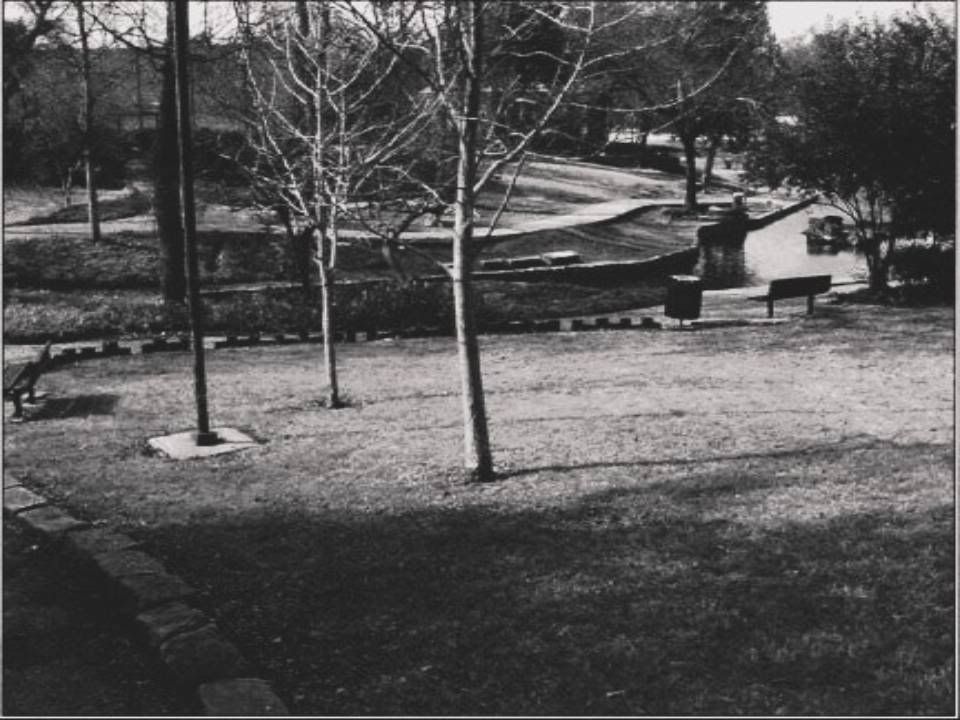Literature Entry Week 9
I thoroughly enjoyed working on ‘A Hard God’ for this week’s drama performance. Following are the slides we used for the scenes with a little commentary about the performance under each. I must attribute here the skills and talents of Emily Gray in putting this PowerPoint Presentation together. Emily -
you are a star

‘A Hard God’ written by Peter Kenna was first performed in 1973.
Kenna wrote the play in a period of Australian history known as ‘the Whitlam period’ whereby inflation & political upheaval were distinctive characteristics of the time. Katherine Brisbane wrote that plays of this period displayed a “strong move towards the domestic as expressive of community” (Brisbane, 1999, pp. v).
‘A Hard God’ focuses on the struggle of daily life for a working class, Irish-Catholic family; the Cassidy’s. This play was written in the 70’s and is reflective of the microcosm of a Sydney based family, which illustrates aspects of the greater Australian community and is set in post war 1946.
The characters are bound by religious and family duty and exist in what Katherine Brisbane highlights as being a ‘narrow, ignorant, rigidly sectarian community’ (Brisbane, 1999, pp. vii), and within a family whereby ‘interdependence determines their every action (Brisbane, 1999, pp. vii) The motivations and reactions of the characters in the following scenes can be seen as reflective of characters bound by duty to their struggling immigrant family, and bound by obligation to a restrictive religious belief.

The performance by Larissa, Lucy, Natalie, Adrinee and Marena was fantastic! You girls really stepped up to the mark and performed so well!
We chose to have each actor wearing only black, with a small symbol of their character to distinguish them to the audience. For e.g. Natalie wore an apron to symbolise Aggie, the Mother.
We then thought the most important theme to highlight was the Irish Catholicism which guided each character’s actions throughout the play. For this, we enlisted the many talents of Nafsika to create oversized crosses to wear around the necks of each character. Nafsika went above and beyond and created beautiful crosses made up of foam balls which were spray painted. Nafsika was able to create objects which truly symbolised ‘the cross’ each character bore when making their decisions.


We paralleled the concurrent scenes of Martin, Aggie and Dan, with those scenes containing Jack and Joe by having alternate PowerPoint slides. Once again, well done Emily for this selection of scenes.
The first represents a restrained, yet timely home setting for the Cassidys, and the other represents a secluded park for Joe and Jack. As the scenes ran concurrently, both sets of actors would freeze when an alternate scene was being portrayed.
I truly couldn’t have asked for a better group. We worked well together and each member of the group brought their skills and talents to it to make it a
very accurate portrayal of the major themes of the play.
I also found it particularly interesting to watch groups 2 and 3 represent the same story, and then other groups interpret their plays accordingly. I thought every group who performed were extremely good, but it made me think about the topic of our tutorials this week - discussing the elements of drama and the many ways a play could be interpreted.
The genre of drama lies in an interesting domain in that playwrights do not have the license or the liberty that writers of prose or poetry have - that is, they only have dialogue and stage directions to convey meaning.
Therefore, the talent of the Peter Kenna (as with many successful playwrights) is highlighted in this play by his use of
Giving a back story through conversation. For example, we learn of Martin’s
relation to Dan and his struggles through Dan and Aggie’s conversation
Through the action. For example, Dan stands on a chair to look in a light bulb
because he has troubles with his eye. We learn, through this dramatic drawing
of attention to Dan’s eye that this is a catalyst for possible problems in the play
Tone of voice. For example, we gain knowledge of relationships and the status
of characters through Aggie’s reaction to the news Martin is coming to town, and
through Joe’s reference to confessional and his catholic beliefs.
These points are signaled to the audience, but the playwright has been skillful to allow these themes to be present, regardless of the actors and directors who have chosen to interpret the play. We saw this skillfully done in the plays this week.